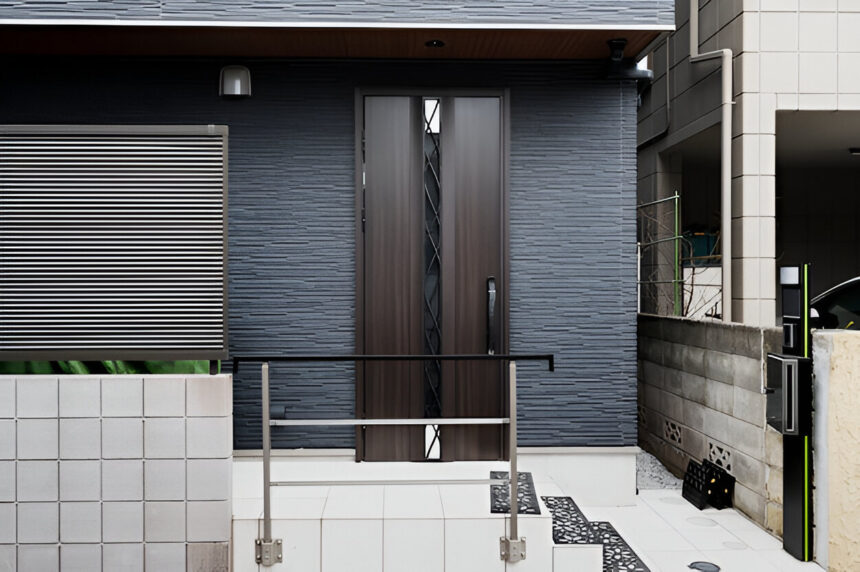Composite doors have become increasingly popular in the world of home improvement and construction due to their durability, security, and aesthetic appeal. In this comprehensive guide, we will delve into what composite doors are, their benefits, how they compare to other types of doors, and key considerations when choosing a composite door for your home.
What are Composite Doors?
Composite doors are a type of door made from a combination of materials, typically including a solid timber core, a durable uPVC outer frame, and a GRP (Glass Reinforced Plastic) skin. This unique construction gives composite doors their strength, security, and resistance to weathering and warping.
Benefits of Composite Doors
1. Durability and Security
Composite doors are known for their exceptional strength and security features. The solid timber core provides a sturdy foundation, while the GRP skin makes the door resistant to dents, scratches, and fading. This makes composite doors a popular choice for homeowners looking to enhance the security of their property.
2. Energy Efficiency
Composite doors offer excellent insulation properties, helping to keep your home warm in the winter and cool in the summer. This can lead to energy savings on heating and cooling costs, making composite doors a sustainable choice for environmentally-conscious homeowners.
3. Low Maintenance
Unlike traditional timber doors that require regular sanding, painting, and varnishing, composite doors are virtually maintenance-free. The uPVC outer frame is easy to clean with just soap and water, and the GRP skin retains its color and finish for years to come.
4. Aesthetic Appeal
Composite doors come in a wide range of styles, colors, and finishes to suit any home’s aesthetic preferences. Whether you prefer a traditional, rustic look or a modern, sleek design, there is a composite door option to match your taste and complement your home’s exterior.
Composite Doors vs. Other Door Types
1. Composite Doors vs. uPVC Doors
While uPVC doors are affordable and low-maintenance, composite doors offer superior strength, security, and insulation properties. If security and durability are top priorities for you, a composite door may be the better choice.
2. Composite Doors vs. Timber Doors
Timber doors have a classic, natural appeal, but they require more maintenance and are vulnerable to warping and rotting over time. Composite doors provide the same aesthetic benefits of timber doors without the drawbacks, making them a more practical long-term investment.
3. Composite Doors vs. Aluminum Doors
Aluminum doors are lightweight and sleek, but they lack the insulation properties of composite doors. If energy efficiency is important to you, a composite door is a better choice for maintaining a comfortable indoor environment.
Key Considerations When Choosing a Composite Door
1. Security Features
Look for composite doors that are fitted with high-security locks, multi-point locking systems, and toughened glass for added protection against intruders.
2. Energy Efficiency
Check the energy efficiency rating of the composite door, including the U-value, to ensure that it meets the insulation standards for your region.
3. Style and Design
Consider the architectural style of your home and choose a composite door that complements its aesthetic. From traditional panel designs to contemporary glazed options, there are plenty of choices to suit every taste.
4. Installation and Warranty
Ensure that the composite door is installed by a professional to guarantee proper fitting and performance. Additionally, check the manufacturer’s warranty to understand the terms and coverage provided.
Conclusion
Composite doors offer a winning combination of durability, security, energy efficiency, and aesthetic appeal, making them a popular choice for homeowners seeking a high-quality door solution. By understanding the benefits of composite doors, comparing them to other door types, and considering key factors when choosing a composite door, you can make an informed decision to enhance the safety and style of your home.





